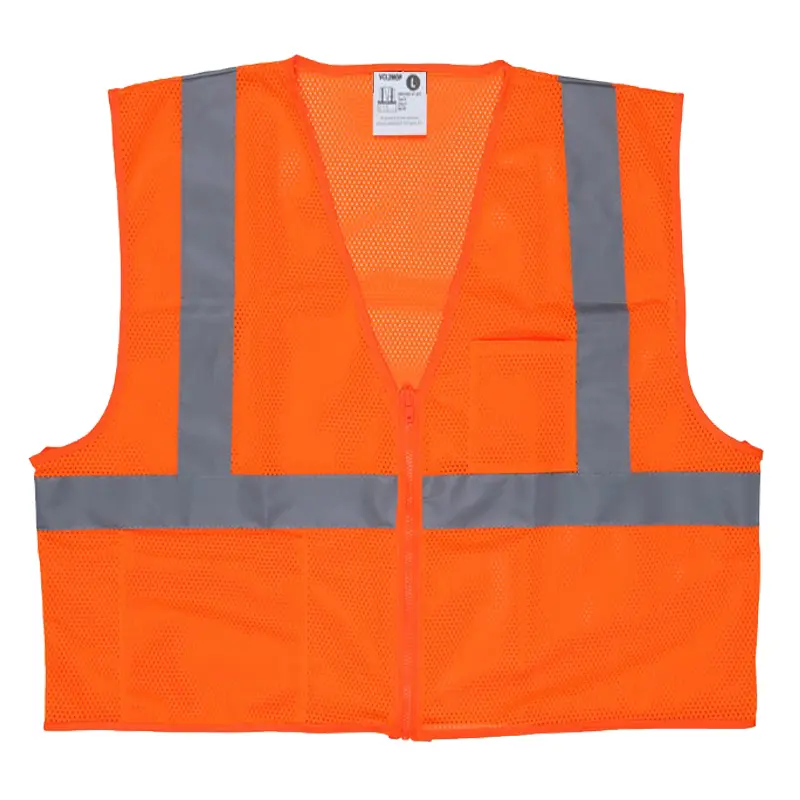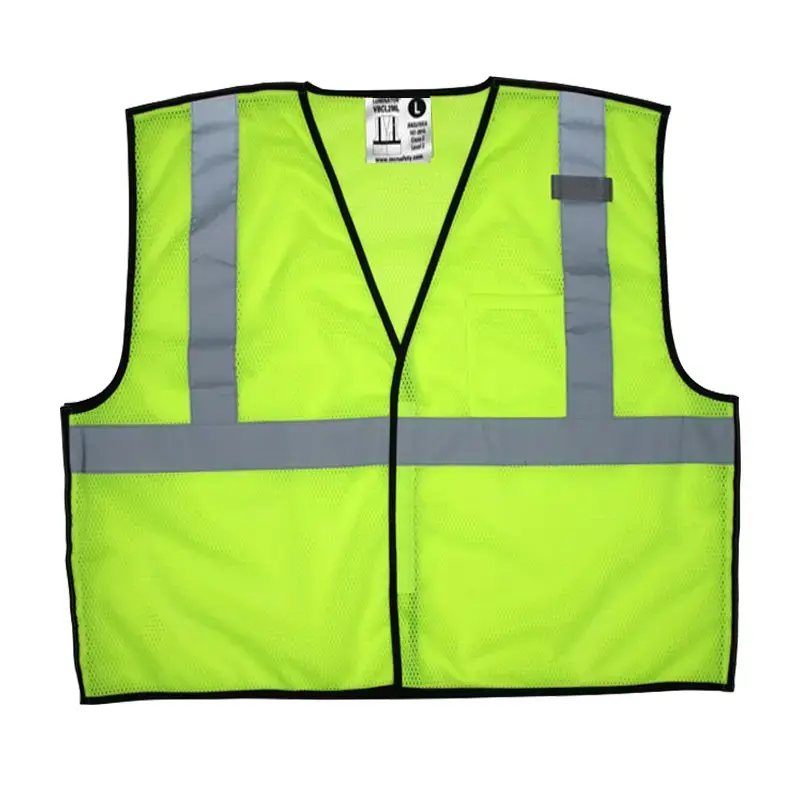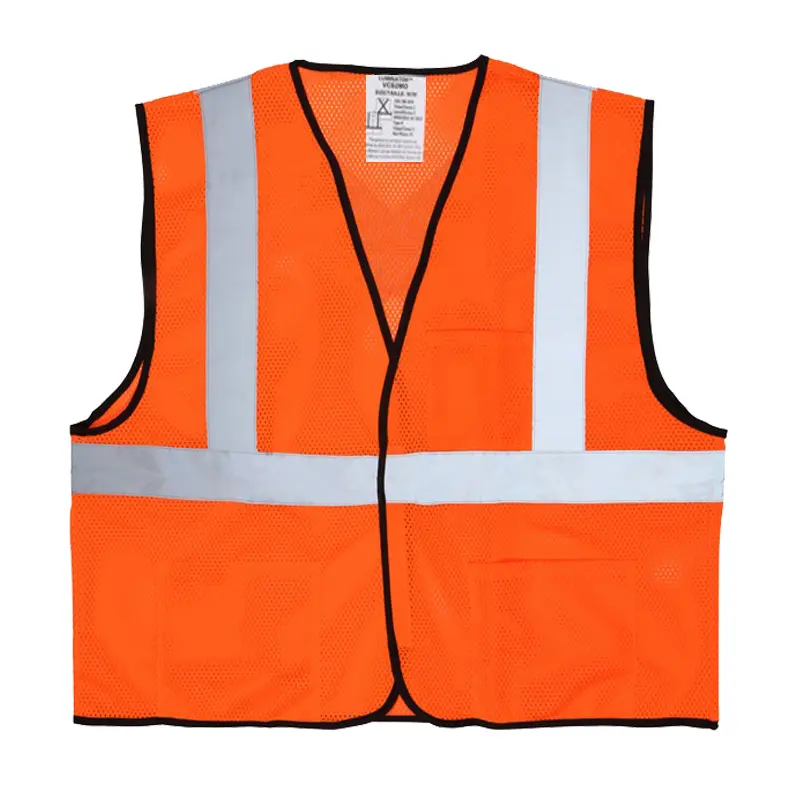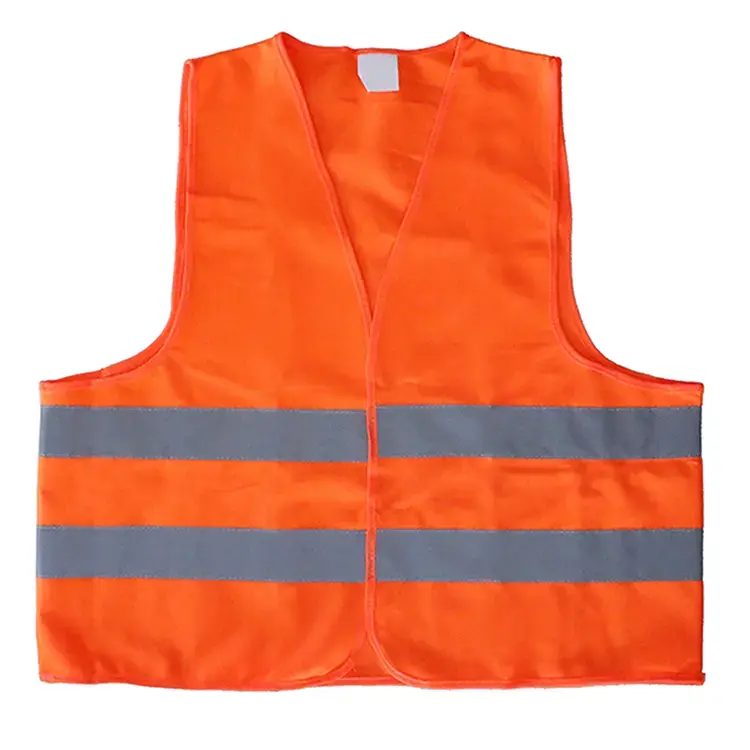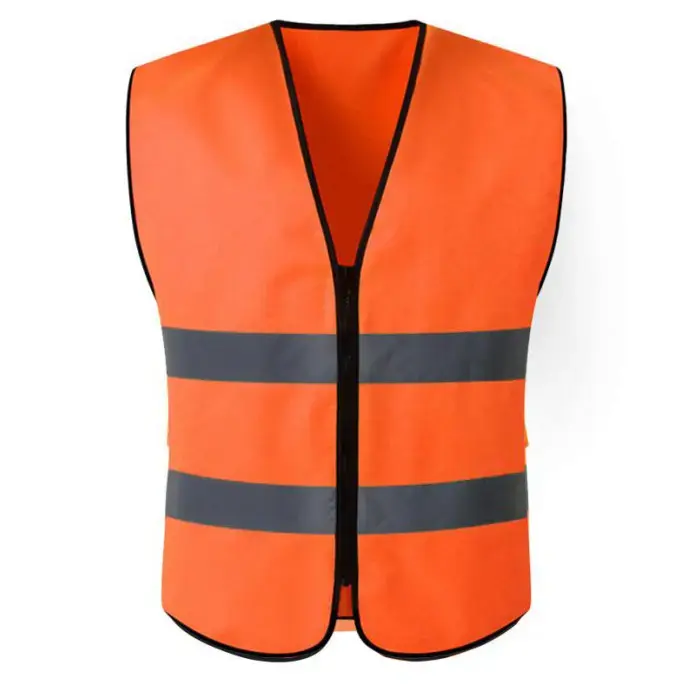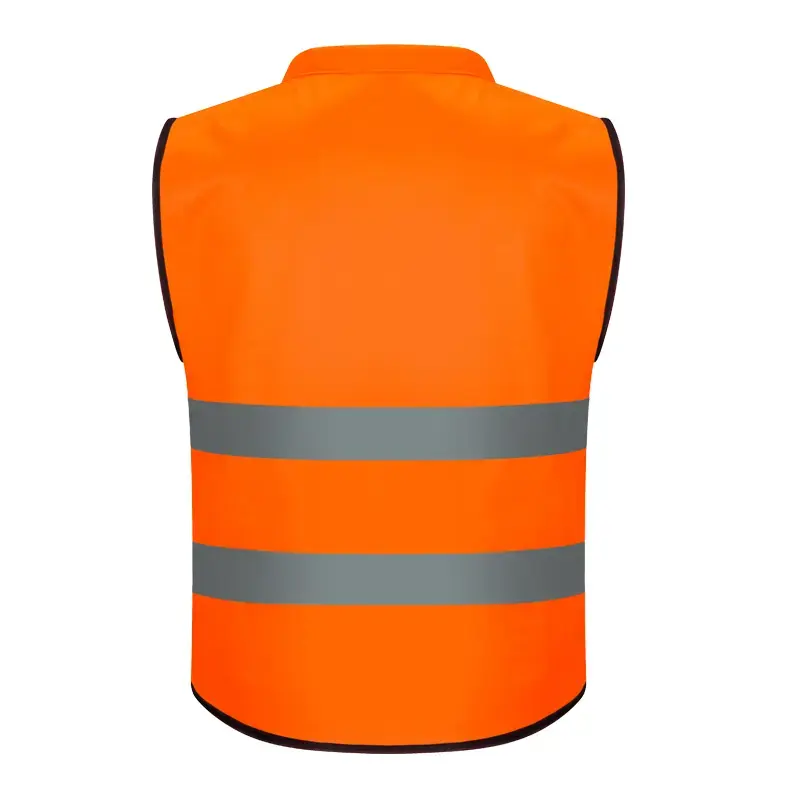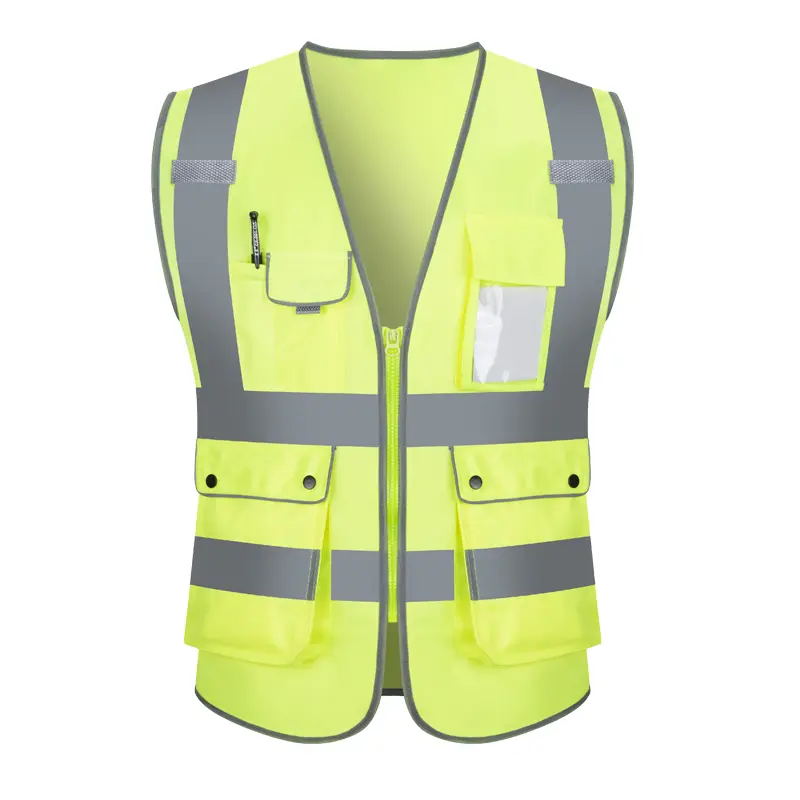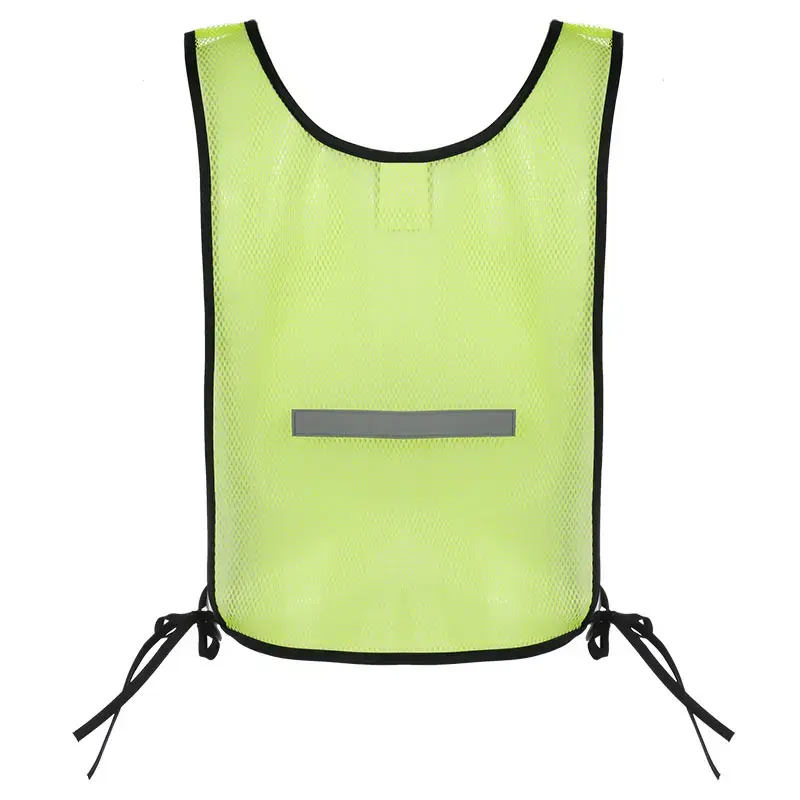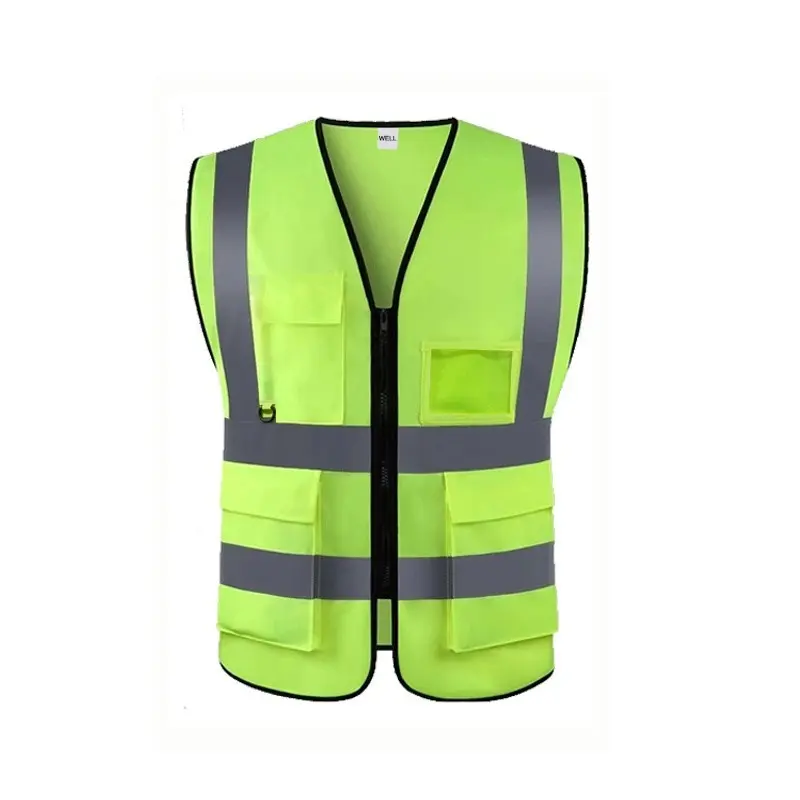Color classification of reflective clothing
Reflective clothing plays a vital role in ensuring safety in a variety of environments, especially for individuals working in low-light conditions or near moving vehicles. The effectiveness of reflective clothing depends not only on its reflective properties, but also on its color. This blog will take a deep dive into the color classification of reflective clothing, exploring the meaning of different colors, the science behind visibility, and the standards that govern reflective clothing.
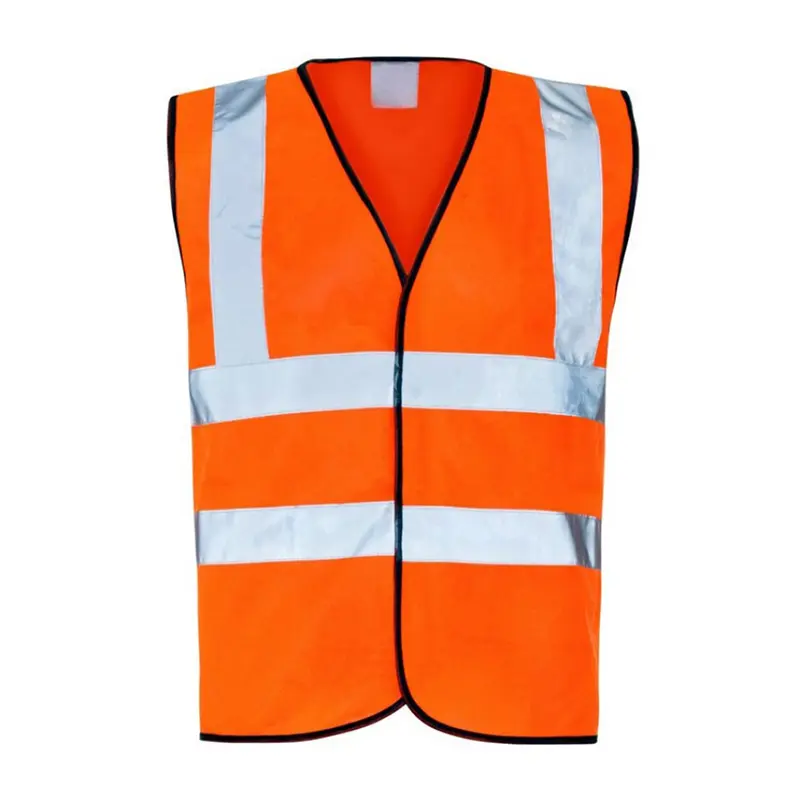
Table of contents
Introduction
The Importance of Reflective Clothing
Understand Color and Visibility
3.1 The science of color perception
3.2 The role of color in security
Reflective clothing color classification
4.1 High Visibility Color
4.2 Low Visibility Colors
4.3 Effect of color combination
Standards and regulations
-5.1 American National Standard/ISEA 107
-5.2 EN 20471
5.3 Other international standards
Application of reflective clothing
6.1 Construction and road works
6.2 Emergency Services
6.3 Outdoor Activities
Choose appropriate reflective clothing
7.1 Factors to consider
7.2 Maintenance and care
Future Trends of Reflective Clothing
Conclusion
References
1. Introduction
Designed to improve visibility in low-light conditions, reflective clothing is an essential component of safety gear for a variety of occupations and activities. The color of reflective clothing has a significant impact on its visibility and effectiveness. This blog aims to provide an in-depth look at the color classification of reflective clothing, its importance, and the standards that govern its use.
2. The Importance of Reflective Clothing
Reflective clothing is essential for anyone who works in low-visibility environments. This includes construction workers, road maintenance crews, emergency responders, and outdoor enthusiasts. The main purpose of reflective clothing is to ensure that the wearer can be seen by others, especially in low light or at night.
The main advantages of reflective clothing:
IMPROVED VISIBILITY: Reflective materials reflect light back toward the source, making the wearer more visible.
Enhanced Safety: By increasing visibility, reflective clothing reduces the risk of accidents and injuries.
Comply with regulations: Many industries have specific safety regulations that require the use of reflective clothing.
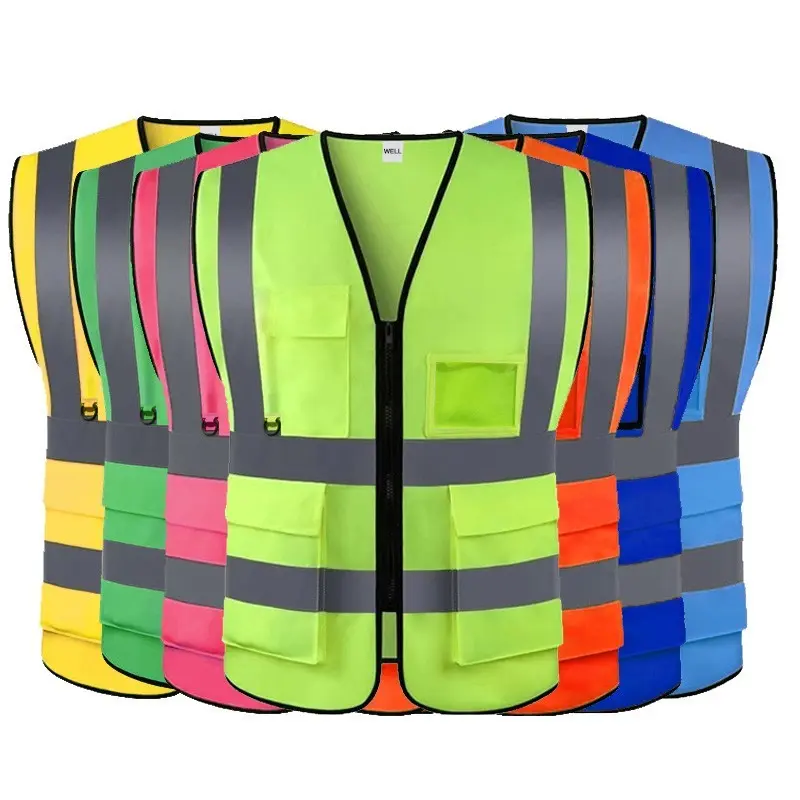
3. Understanding Color and Visibility
3.1 The Science of Color Perception
Color perception is a complex process that involves the interaction of light, objects, and the human eye. The human eye can perceive a wide range of colors, but some colors are more noticeable than others, especially in low-light conditions.
Wavelength of light: Different colors correspond to different wavelengths of light. For example, red light has a longer wavelength than blue light. The human eye is more sensitive to certain wavelengths, which affects our perception of color.
Contrast and Background: The visibility of a color also depends on its contrast with the background. Bright colors stand out against a dark background, while dark colors may be less noticeable.
3.2 The role of color in security
Color plays a vital role in safety and visibility. High-visibility colors are designed to be easily seen in a variety of lighting conditions. The most commonly used high-visibility colors include:
Fluorescent Yellow-Green: This color is clearly visible in both daylight and low-light conditions.
Fluorescent Orange: Often used in construction and roadworks, this color is easily seen against a natural background.
Fluorescent pink: This color is increasingly used in safety equipment and is an effective way to attract attention.
4. Color classification of reflective clothing
Reflective clothing can be classified according to its color and visibility. Understanding these classifications is essential to choosing the right equipment for a specific environment.
4.1 High Visibility Colors
High-visibility colors are designed to stand out in a variety of environments. These colors are often used in reflective clothing to increase safety.
Fluorescent colors: These colors are bright and can be seen in both daylight and low-light conditions. They include fluorescent yellow, fluorescent green, fluorescent orange, and fluorescent pink.
Bright Colors: Non-fluorescent bright colors, such as red and blue, are also very effective, especially when combined with reflective materials.
4.2 Low Visibility Colors
Low-visibility colors are less effective at enhancing safety. These colors may blend into the background, making it difficult for others to see the wearer.
Dark colors: Colors like black, navy blue, and dark green are less noticeable in low light conditions.
Pastel Colors: Colors that are not bright or fluorescent may also be considered low visibility.
4.3 Effect of color combination
The effectiveness of reflective clothing can be enhanced by using color combinations. For example, combining high-visibility colors with reflective materials can significantly increase visibility. In addition, contrasting colors can help the wearer stand out against a variety of backgrounds.
5. Standards and regulations
Reflective clothing is subject to various standards and regulations to ensure its effectiveness and safety. Understanding these standards is crucial for both manufacturers and users.
5.1 ANSI/ISEA 107
The American National Standards Institute (ANSI) and the International Safety Equipment Association (ISEA) have developed standards for high-visibility safety apparel. ANSI/ISEA 107 outlines the performance requirements for reflective apparel, including color, reflectivity, and design.
5.2 EN 20471
The European standard EN 20471 sets out the requirements for high visibility clothing. The standard divides clothing into three categories based on the visibility of the clothing. Class 1 has the lowest visibility, while class 3 has the highest visibility.
5.3 Other international standards
Each country has its own standards for reflective clothing. For example, Australia has AS/NZS 4602, while Canada has CSA Z96. Understanding these standards is critical for compliance and safety.
6. Application of reflective clothing
Reflective clothing is used in a wide range of industries and activities, each with its own specific requirements for visibility and safety.
6.1 Construction and road works
In construction and road construction, workers are often exposed to moving vehicles and heavy machinery. Reflective clothing is essential to ensure their safety. In these environments, High Visibility Vests, jackets and trousers are commonly used.
6.2 Emergency Services
Emergency responders such as police officers, firefighters and paramedics rely on reflective clothing to ensure they can be seen in emergencies. This clothing is often brightly colored and has reflective strips to increase visibility.
6.3 Outdoor Activities
Outdoor enthusiasts, such as cyclists, runners, and hikers, also benefit from reflective clothing. Wearing high-visibility gear can help them stay safe while enjoying their activities, especially in the early morning or evening hours.
7. Choose the right reflective clothing
Choosing the right reflective clothing is essential to ensuring safety. Here are some factors to consider:
7.1 Factors to consider
Environment: Consider the specific environment the garment will be used in. Different environments may require different levels of visibility.
Comfort: Make sure the clothing is comfortable and allows for easy movement.
Weather conditions: Choose clothing appropriate for the weather conditions, such as waterproof or insulated clothing.
7.2 Maintenance and Care
Proper care and maintenance of reflective clothing is essential to ensure its effectiveness. Follow the manufacturer's instructions for washing and storing reflective clothing to maintain its reflective properties.
8. Future trends of reflective clothing
As technology advances, several trends may emerge in the future of reflective clothing, including:
Smart fabrics: Incorporating technology into fabrics may lead to the development of smart reflective clothing that can adapt to different lighting conditions.
Sustainable Materials: There is a growing demand for environmentally friendly materials in the production of reflective clothing.
Enhanced Design: Innovative designs that combine fashion with functionality are likely to become more popular in the market.
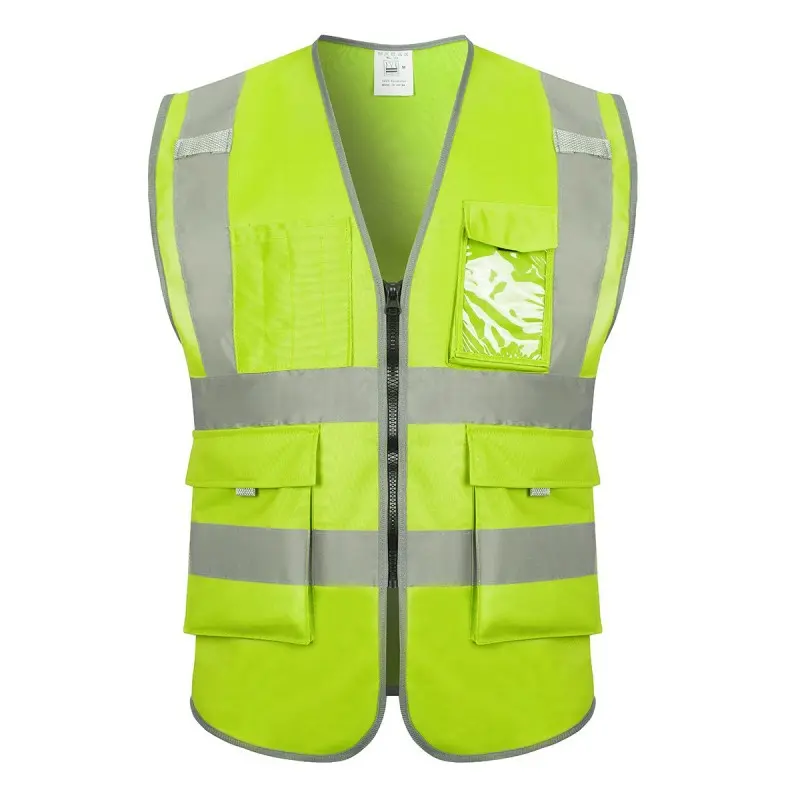
9. Conclusion
The color classification of reflective clothing is a critical aspect of ensuring safety in a variety of environments. Understanding the meaning of different colors, the science behind visibility, and the standards that govern reflective clothing is essential to making an informed choice. As technology continues to develop, the future of reflective clothing holds exciting possibilities for increased safety and visibility.
10. References
American National Standards Institute (ANSI). (2019). ANSI/ISEA 107-2015: National Standard for High-Visibility Safety Clothing and Headgear.
European Committee for Standardization (CEN). (2013). EN 20471: High visibility clothing.
Occupational Safety and Health Administration (OSHA). (2020). Construction safety and health regulations.
International Safety Equipment Association (ISEA). (2020). High Visibility Safety Clothing.
Various manufacturer and industry publications on reflective clothing and safety standards.

